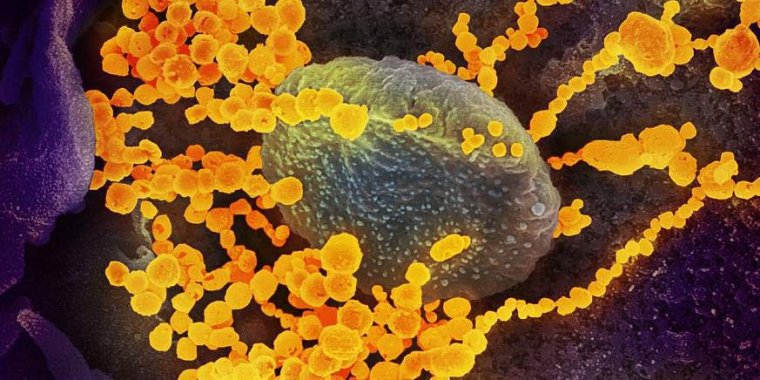| News / Science News |
A machine-learning approach to finding treatment options for Covid-19
When the COVID-19 pandemic struck in early 2020, doctors and researchers rushed to find effective treatments. There was little time to spare. "Making new drugs takes forever," says Caroline Uhler, a computational biologist at the Massachusetts Institute of Technology. "Really, the only expedient option is to repurpose existing drugs."

Researchers are identifying drugs that might be repurposed to fight the coronavirus. Photo: CDC
Uhler's team has now developed an approach based on machine learning to identify drugs already on the market that could potentially be repurposed to fight COVID-19, particularly in the elderly. The system accounts for changes in gene expression in lung cells caused by both the disease and aging.
That combination could allow medical experts to more quickly seek drugs for clinical testing in elderly patients, who tend to experience more severe symptoms.
The researchers pinpointed the protein RIPK1 as a promising target for COVID-19 drugs, and identified three approved drugs that act on the expression of RIPK1.
The researchers zeroed in on the most promising drug-repurposing candidates in three broad steps.
First, they generated a large list of possible drugs by using a machine-learning technique called an autoencoder. Next, they mapped the network of genes and proteins involved in both aging and SARS-CoV-2 infection.
Finally, they used statistical algorithms to understand causality in that network, allowing them to pinpoint "upstream" genes that caused cascading effects throughout the network. In principle, drugs targeting those upstream genes and proteins should be promising candidates for clinical trials. (National Science Foundation)
YOU MAY ALSO LIKE





